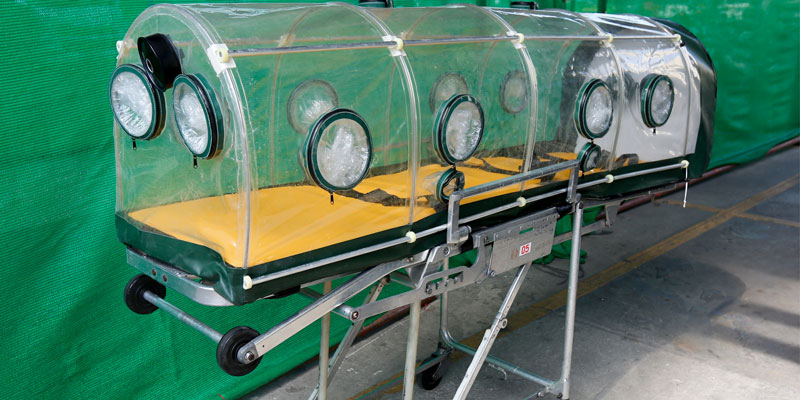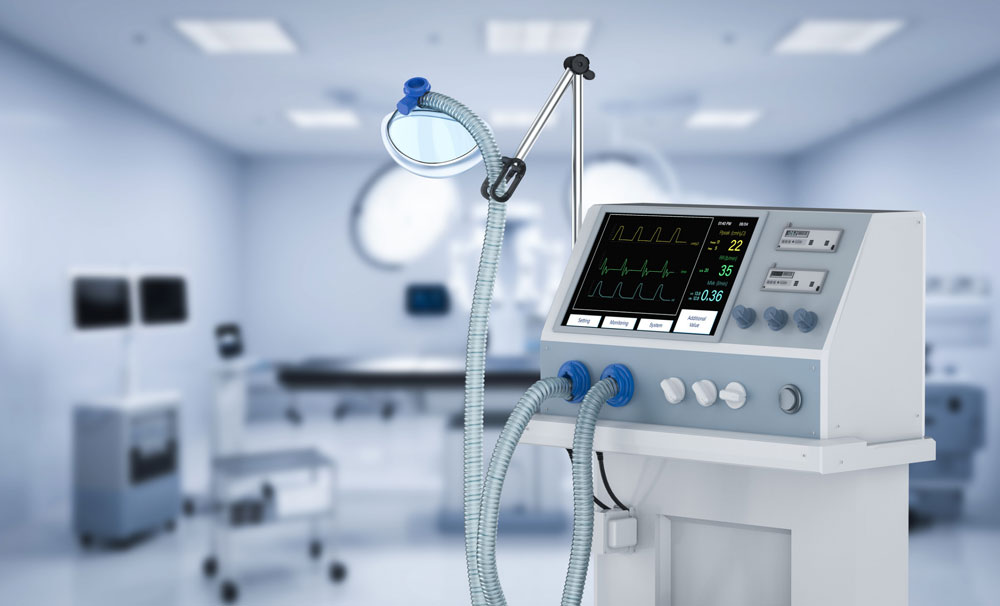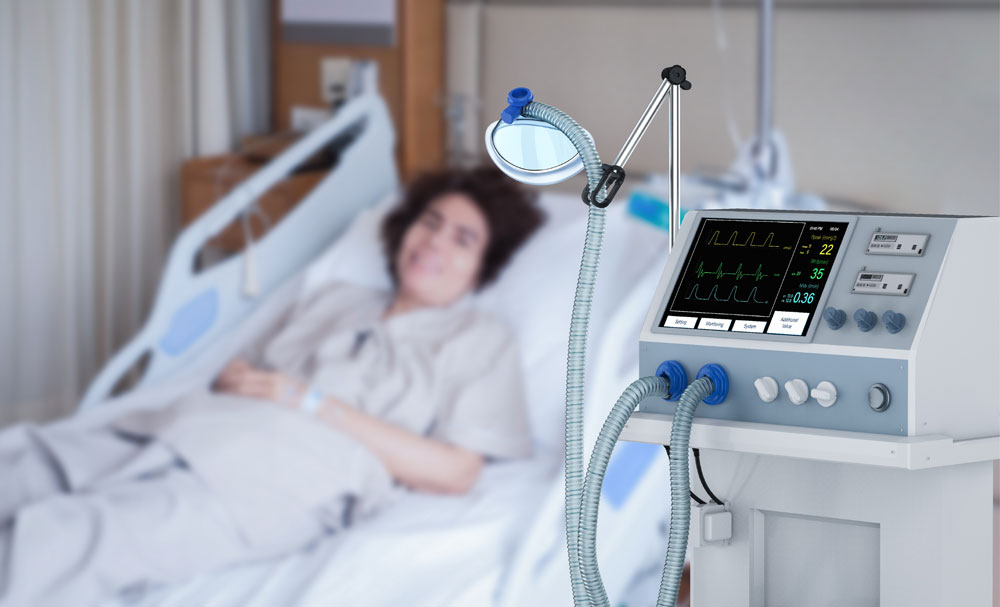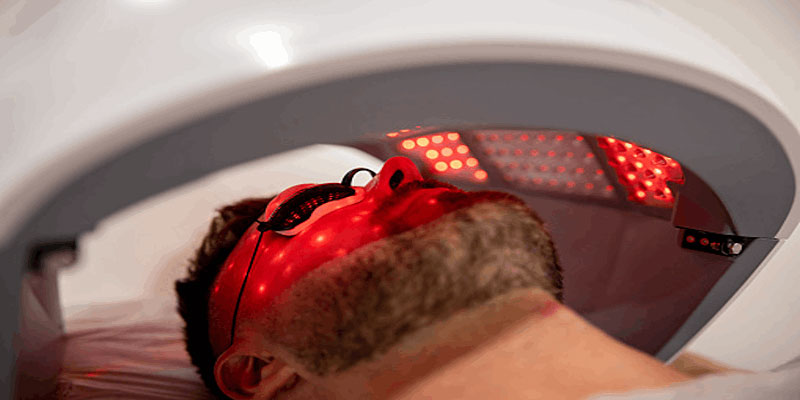
Negative pressure ventilation (NPV) is a form of mechanical ventilation used to treat patients with lung disorders and breathing difficulties.
This type of ventilation is beneficial in patients who have difficulty breathing on their own due to chronic obstructive pulmonary disease (COPD), asthma, or other respiratory conditions.
It works by providing air to the lungs through a device called an NPV machine.
It helps to reduce the amount of work needed to breathe and can make it easier for those struggling with respiratory issues.
In this article, we'll look at an overview of how NPV works and the benefits it provides for those suffering from respiratory conditions.
How Negative Pressure Ventilation Works?
The NPV machine uses a tube connected to a mask or tracheostomy tube attached to the patient’s face or neck. A ventilator then pulls air from outside and distributes it through the tube into the patient’s mouth and nose.
This process is known as negative pressure because the ventilator creates a vacuum that pulls air into the lungs rather than pushing it out as traditional ventilators do. The level of air pressure can be adjusted depending on the patient’s needs and comfort level.
Difference Between Positive and Negative Pressure Ventilation
There are invasive and non-invasive devices called positive pressure ventilators that provide air to the lungs. Both non-invasive face masks and invasive endotracheal tubes can provide oxygen (invasive). Inhalation works by forcibly bringing air into the lungs, which may expand and bring oxygen to the alveoli.

By applying negative pressure to the entire body, negative pressure ventilators force the diaphragm and intercostal muscles to contract, causing the lungs to expand and encouraging the patient to breathe in. The ventilators that use negative pressure to breathe are non-invasive.
The Benefits of Negative Pressure Ventilation
NPV has several advantages over other forms of mechanical ventilation. First, it can help reduce the work of breathing for patients with COPD, which means they don't have to work as hard to breathe.
Removing some of the load from the patient's lungs and chest muscles allows them to focus their energy on other things like recovery or rehabilitation instead of constantly fighting for breath.
Secondly, it can help with secretion management by allowing more efficient mucus and secretion removal from the lungs.
Finally, it allows for greater mobility since patients don't need to be attached to an IV pole or wires to receive oxygen therapy.
The Disadvantages Of Negative Pressure Ventilation
- If lung compliance is reduced, using a negative-pressure ventilator becomes useless.
- A higher chance of aspiration, like vomiting and swallowing liquids, occurs when they are used.
- Because of this, obstructive sleep apnea becomes more severe.
- The supine posture is the recommended one for the patient at all times.
Complications of Negative Pressure Ventilation
- Suppressing the inspiratory activity of respiratory muscles makes the upper airway flakier. It leads to passive closure and a blockage of the extrathoracic airway.
- Congestion of veins at the skin's surface.
What Are Some Types Of Negative Pressure Ventilators?
Negative pressure ventilators are commonly found in medical settings. They can be used to help those who are struggling to breathe due to medical conditions, such as chronic obstructive pulmonary disease.
These devices come in various sizes, designs, and applications, each type uniquely designed for different medical needs.
Among the most common are the iron lung and cuirass ventilator, both of which use negative air pressure in a chamber surrounding the patient's body to pull air into the lungs.
The more modern sub-category of negative pressure ventilators includes continuous blue ventilation (CBV) machines and Intermittent Positive Pressure Breathing (IPPB). With IPPB, patients have their respiratory rate adjusted to match their need for oxygen flow into the lungs.
CBV utilizes a positive and negative pressure system with set cycles to aid patients in breathing automatically rather than relying on manual input from an operator.

Another type is known as a Jacket ventilator. An airtight garment constructed in a laboratory features a plastic or metal grid inside, a sucking pump, and a back plate reaching the hips. Utilizing it at home is more practical than in a medical facility.
Why Is Negative Pressure Ventilation Becoming Less Popular?
Negative pressure ventilation (NPV) was once one of the most popular methods used in intensive care units for ventilating patients with respiratory conditions. However, it has started to be used less often recently due to its associated risks and the availability of better alternatives.
With the advent of more sophisticated machines, such as continuous positive airway pressure (CPAP) machines, NPV is less commonly utilized in practice. Reasons for this include the fact that CPAP better maintains the airway, helps with oxygenation, and can reduce the risk of barotrauma from high airway pressures.
Furthermore, NPV systems can sometimes be clunky to operate, less convenient, and require a higher degree of skill and knowledge in comparison to other forms of ventilation.
Overall, while NPV still has its place and may still be an essential part of respiratory treatment sometimes, it has largely been overtaken by more advanced forms of ventilator support due to improved efficiency and safety.
Takeaway
Negative pressure ventilation has become increasingly popular over the years due to its ability to reduce the work required for breathing and promote better oxygenation of blood cells in patients struggling with respiratory issues.
While this type of ventilation isn't suitable for everyone, it offers certain advantages that make it a worthwhile option for some individuals depending on their specific needs and circumstances.
If negative pressure ventilation might suit you or your loved one, talk to your doctor about whether this treatment could benefit your situation.
-
Recommended Reading
 Psoriasis Treatment: Methods and Modalities
Psoriasis Treatment: Methods and Modalities Discover why tart cherry juice is a powerhouse beverage, providing anti-inflammatory benefits and antioxidant protection. Find out how it can help heart health, bone density, and more.
Discover why tart cherry juice is a powerhouse beverage, providing anti-inflammatory benefits and antioxidant protection. Find out how it can help heart health, bone density, and more. Stress Unraveled: Its Far-Reaching Impact from Brain to Belly
Stress Unraveled: Its Far-Reaching Impact from Brain to Belly Learn about the potential health benefits of red light therapy, from treating skin conditions to muscle recovery and more.
Learn about the potential health benefits of red light therapy, from treating skin conditions to muscle recovery and more.